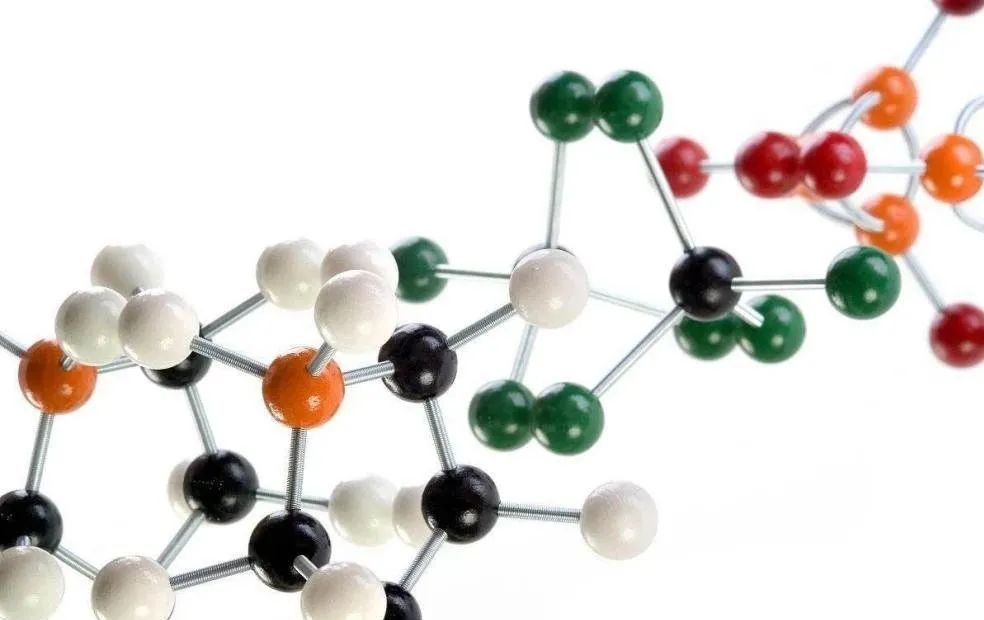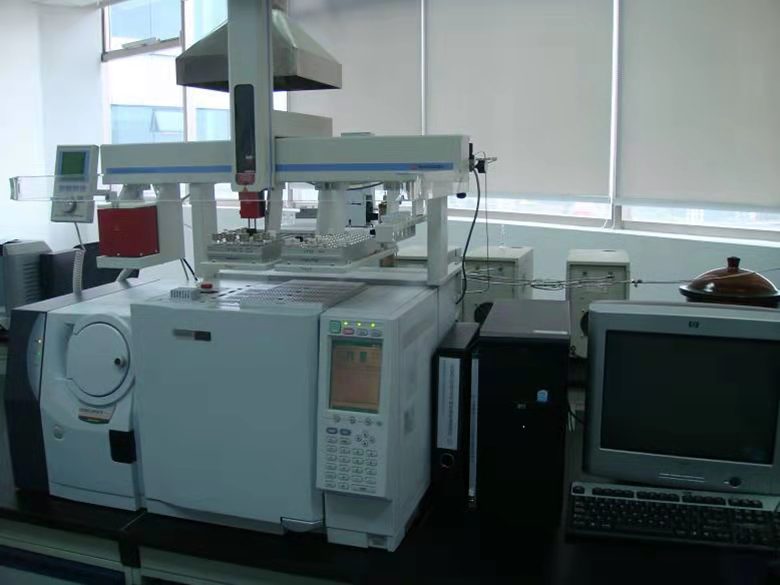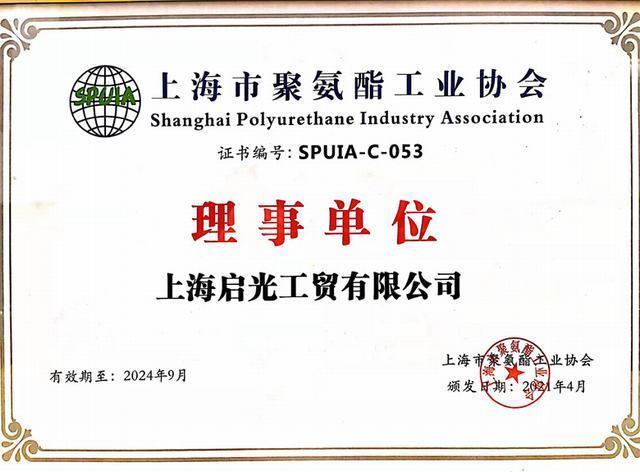1. Principle of polyurethane curing
Because it contains a urethane group (NHCOO-) in the main chain, it is commonly known as polyurethane adhesive. Its structure contains the group -NCO, which improves the adhesion to various materials.

1. Polyisocyanate adhesive mainly absorbs moisture and cures.
2. Prepolymer isocyanate adhesives are divided into two categories: single-component and two-component.
One-component reaction between isocyanate and polyester or polyether containing hydroxyl groups at both ends to obtain an isocyanate (-NCO) elastomer adhesive, and then add an appropriate amount of catalyst and filler to prepare a one-component room temperature vulcanized polyurethane Sealants have the same curing mechanism as polyisocyanate adhesives and solidify when exposed to moisture in the air.

Two-component adhesive is composed of -NCO group-containing prepolymer and polyester (or polyether) resin. The -NCO component is a hard segment, and the -OH component is a soft segment, mainly composed of polyether, polyester, cross-linking agent (such as MOCA di-o-chlorodiphenylamine methane), and catalyst (such as stannous zincate) . By adjusting the -NCO/-OH content, prepolymers with different relative molecular weights and -NCO contents can be produced. This reaction is aldol condensation, a coupling reaction, mainly -NCO and -OH act as catalysts. It reacts and solidifies to form a good bonded joint.
2. Principle of epoxy resin curing
The curing reaction of epoxy is ring-opening curing, which is polymerized after ring-opening under the action of an initiator or catalyst. Initiators generally use hydroxides (such as NaOH) and vanyl compounds (such as CH3ONa).

Epoxy resin itself is a thermoplastic resin with a linear structure, and its curing reaction is achieved by adding a curing agent. The curing agent can cross-link the epoxy resin molecules to form macromolecules with a body structure and become insoluble and infusible solids, so the curing agent is also called a cross-linking agent. When selecting a curing agent, you should consider the performance requirements of the product (bonding strength and electrical properties), the construction environment (temperature, humidity and working medium) and the allowed curing conditions (whether it can be heated, pressurized, the length of the curing time), etc. . Aromatic amines, acid anhydrides and dicyandiamide are used for high-temperature curing; imidazoles are used for medium-temperature curing; for room temperature curing, the bonding strength requirements are not high, and aliphatic amines and modified amine curing agents are used. Under humid conditions, ketones are used. Amine and phenolic modified imine curing agents, etc.
3. Principle of acrylic curing
1. The curing reaction of acrylate adhesive is anionic polymerization in free radical polymerization, which goes through stages such as chain initiation, chain growth, chain transfer, and chain termination.
Chain initiation and chain growth: When the β-carbon atom of the monomer molecule is attacked by a nucleophile, stable carbanions are produced. For example, hydroxide anions and amines are good nucleophiles that can initiate When cyanoacrylate monomer is triggered, the anion formed attacks another monomer molecule to produce a dimer, which further reacts with more monomers to cause a chain growth reaction to generate a polymer.
The anions in chain transfer and chain termination do not react with monomers but react with other substances (chain transfer agents) to produce an inert polymer and a new anion chain, if the latter has the ability to further initiate polymerization, chain transfer occurs.
If the active growing chain encounters other substances other than monomers during the polymerization process, such as water, alcohol, acid, etc., which can protonate the anions, the polymerization will be quickly prevented.reaction, causing chain termination.
2. Initiator, accelerator
Generally organic peroxides, such as benzoyl peroxide, dicumyl peroxide, cumene hydroperoxide, cyclohexanone peroxide, etc. When selecting, attention should be paid to whether it has the characteristics of high critical temperature, long half-life, and good room temperature stability. Accelerators generally include transition metal soaps (such as cobalt naphthenate), tertiary amines (such as xylylaniline), organic sulfur compounds (such as ethylene urea) and other compounds. The accelerator can be used alone or in combination. When used together, one should be selected as the main accelerator and the rest as auxiliary accelerators. When selecting initiators and accelerators, in addition to considering the curing effect, strict attention should also be paid to Their presence affects the storage stability of glue.